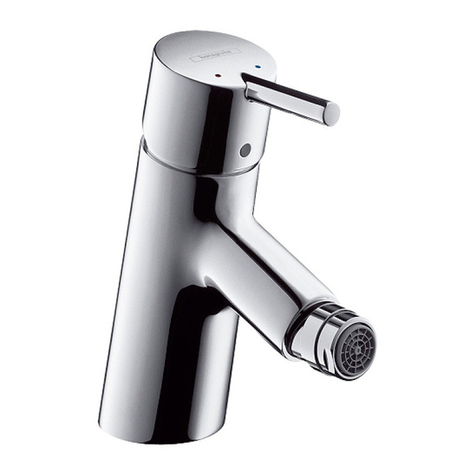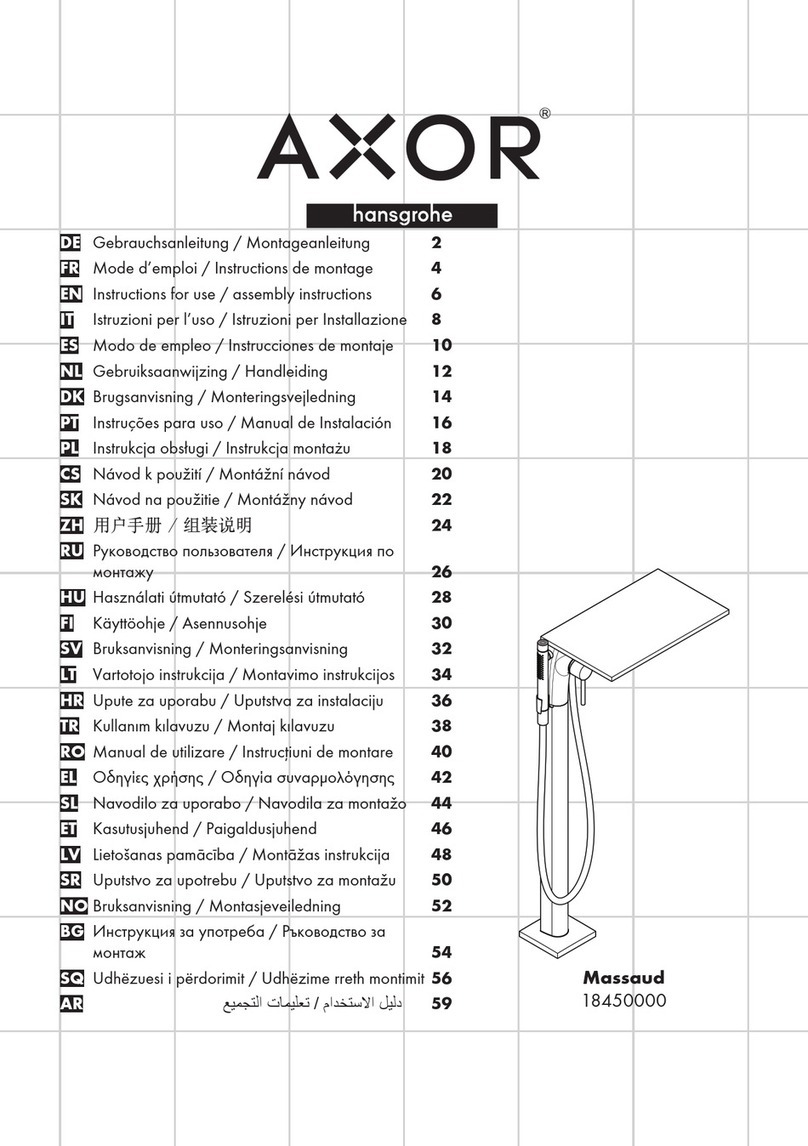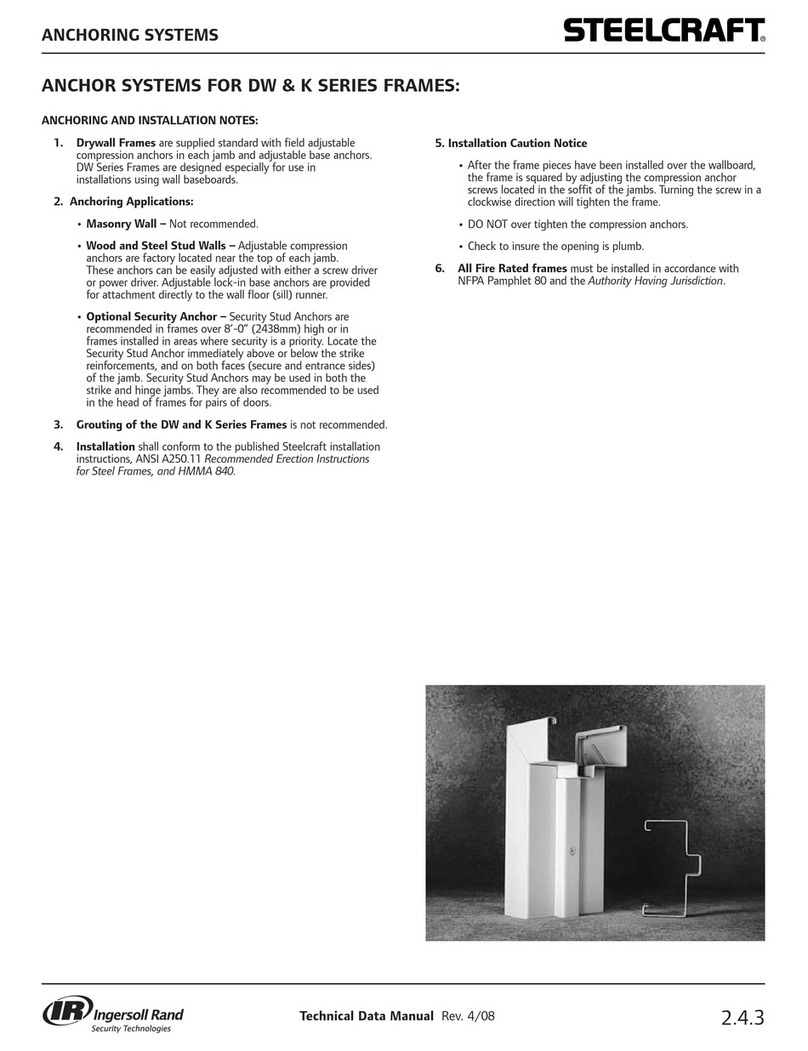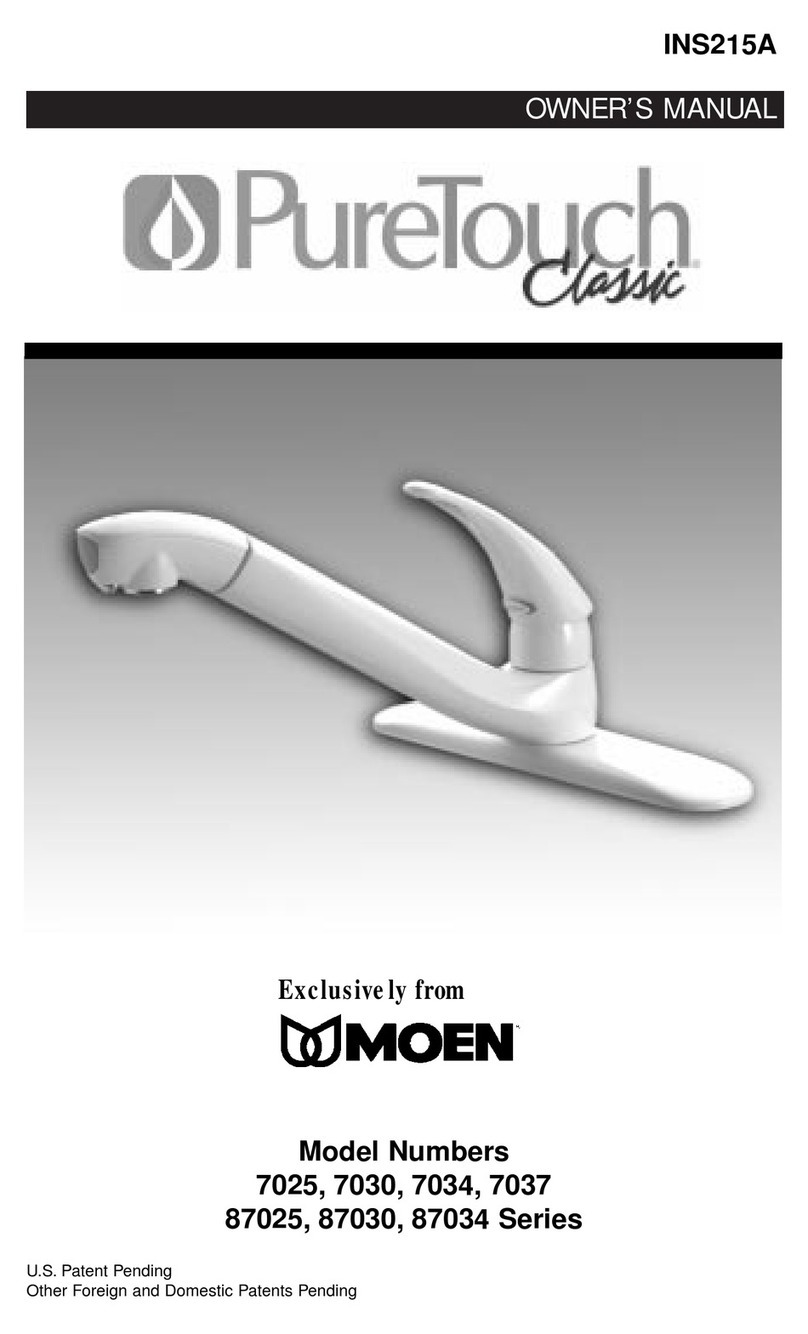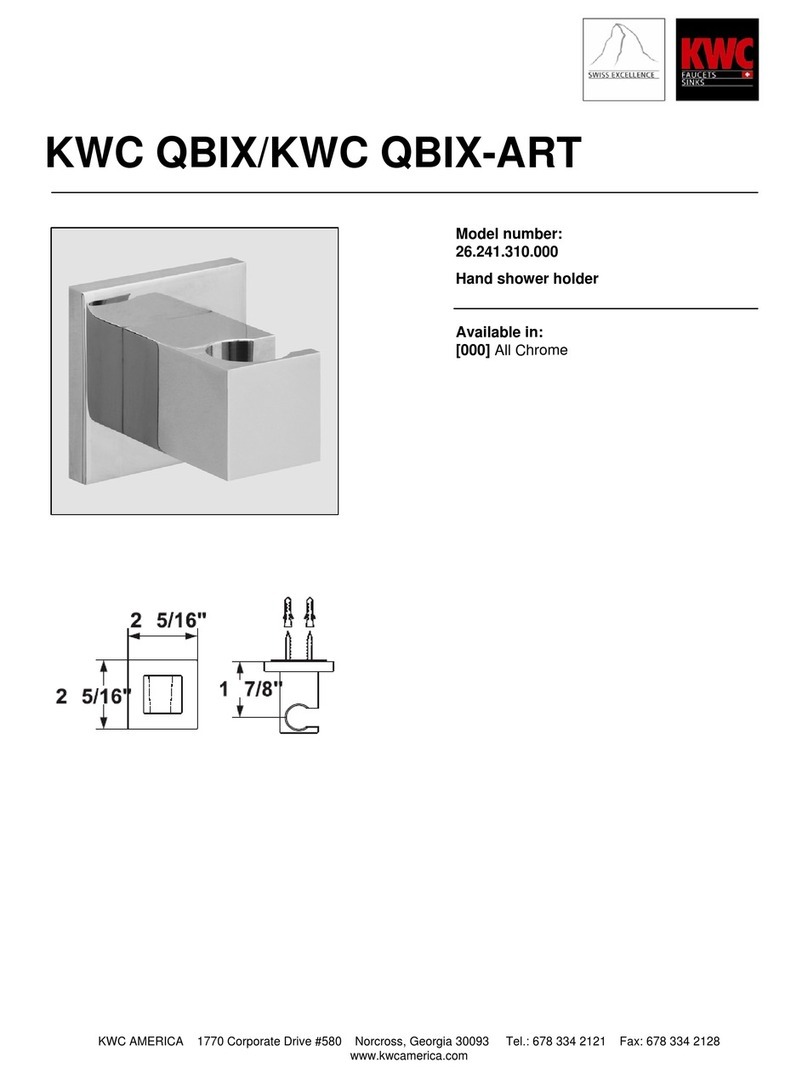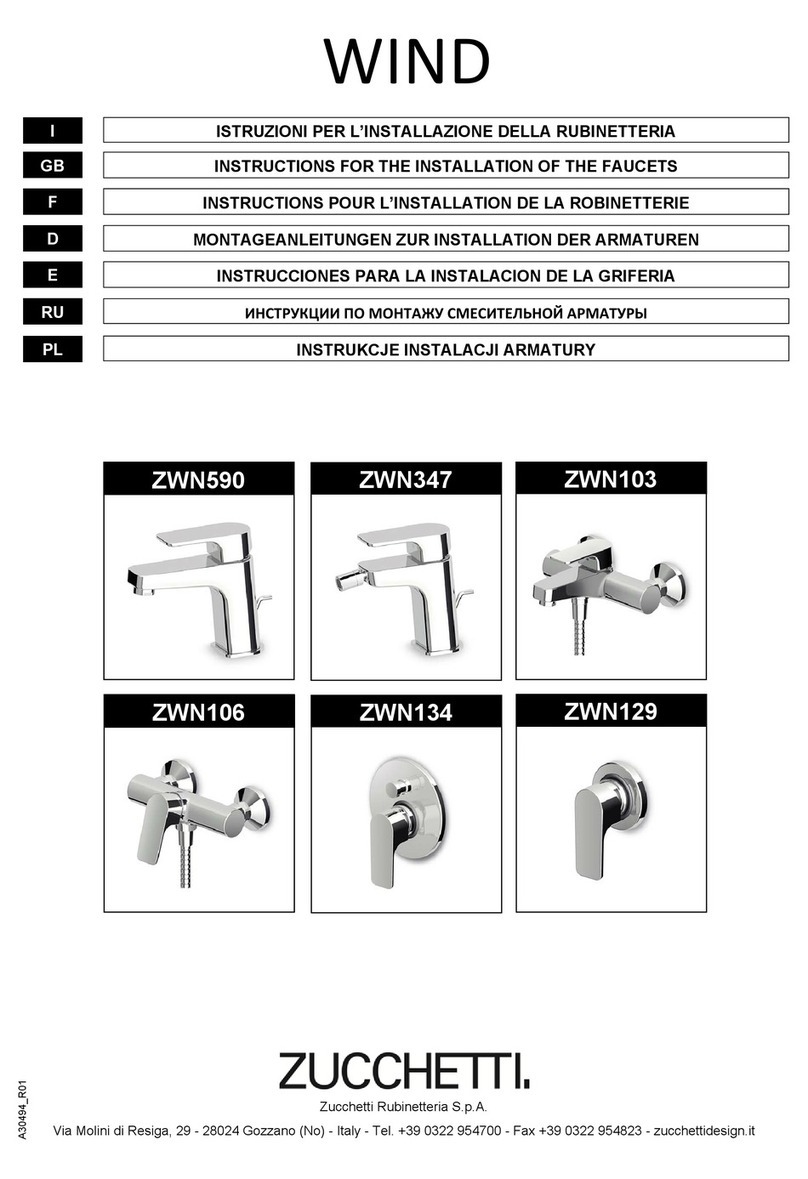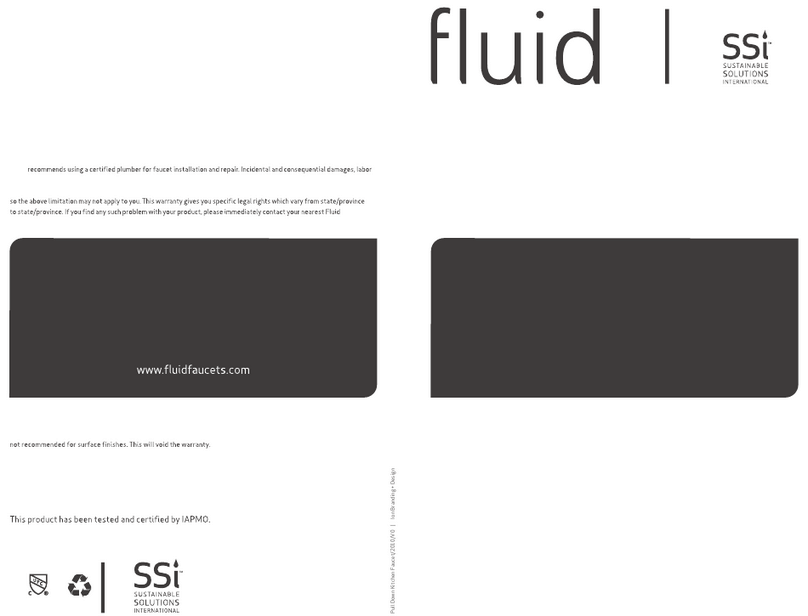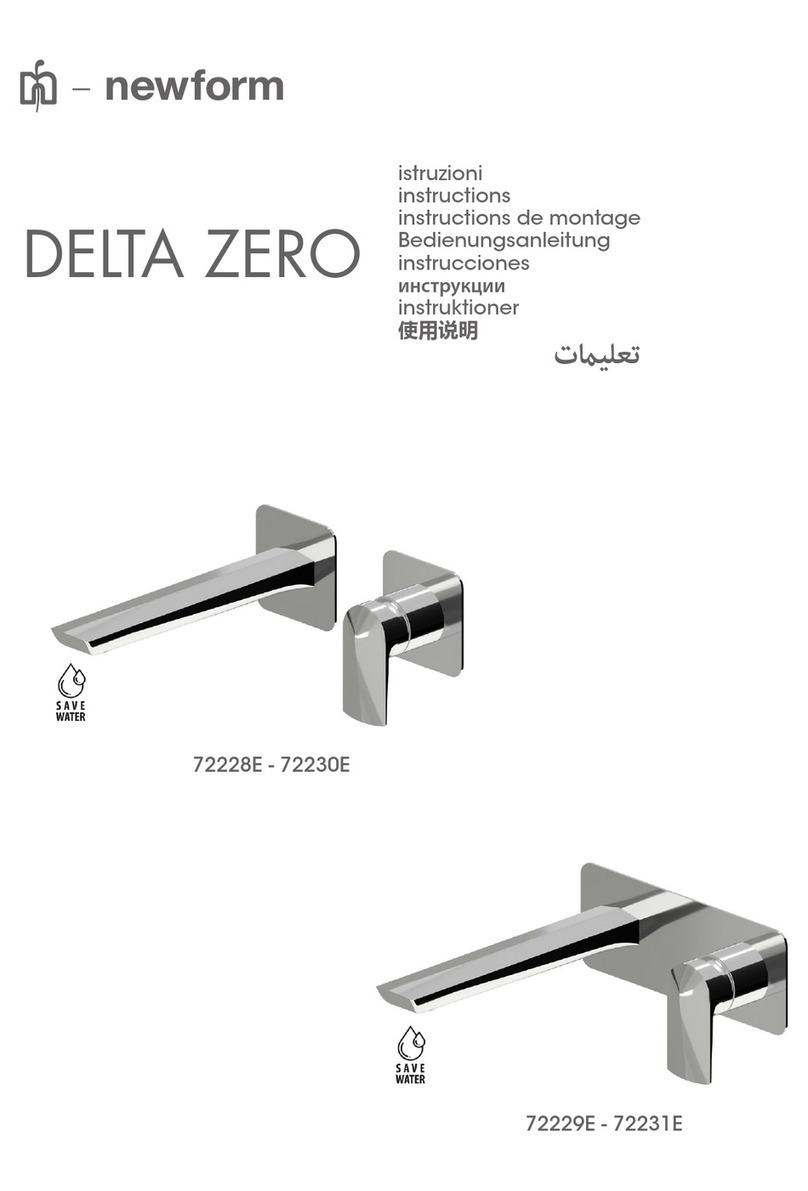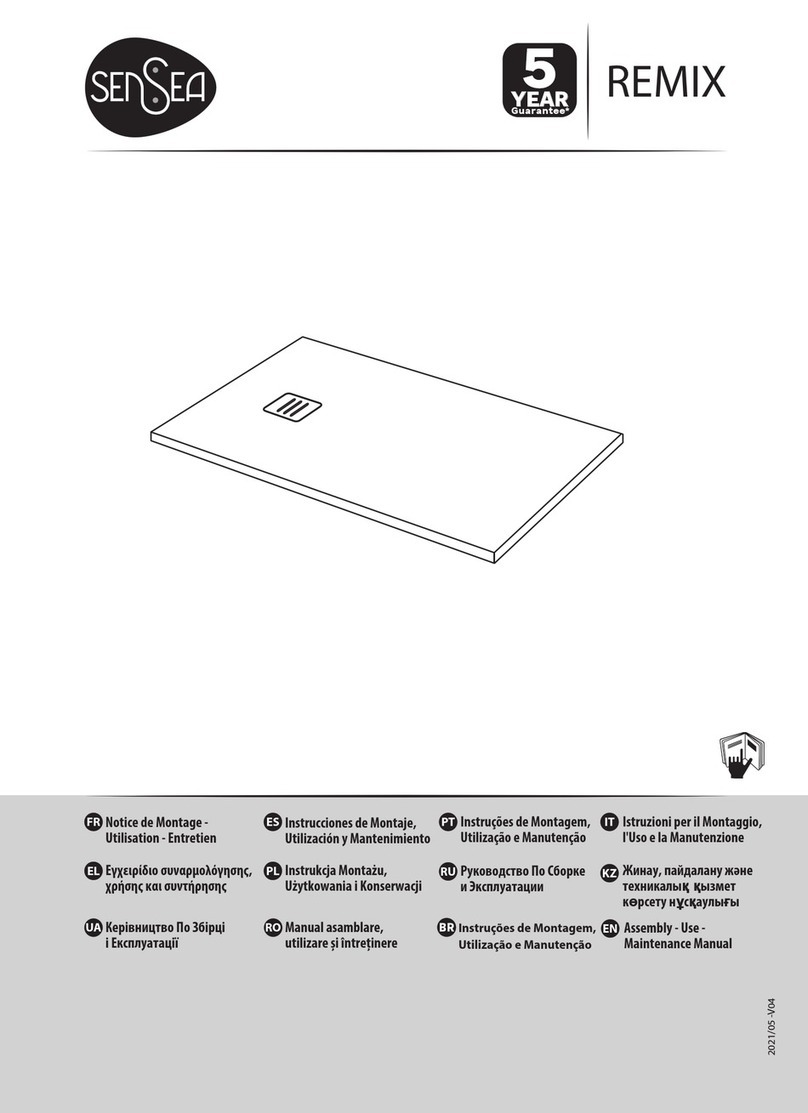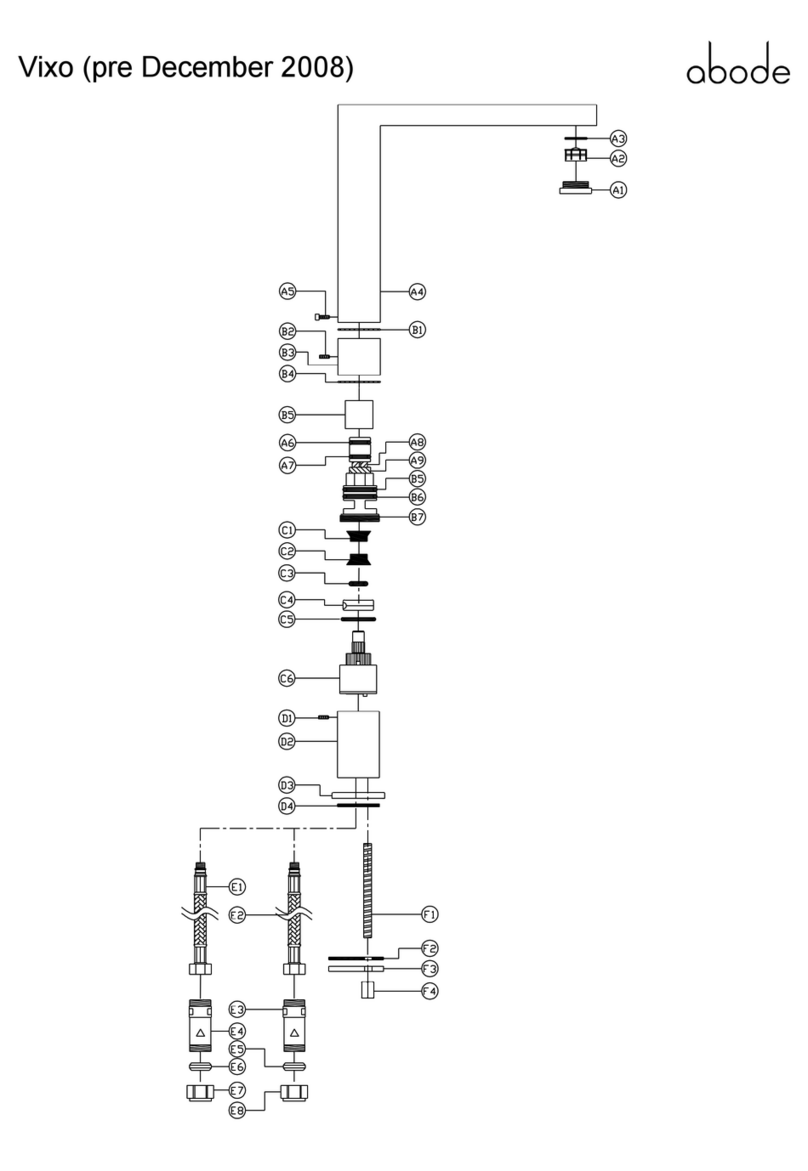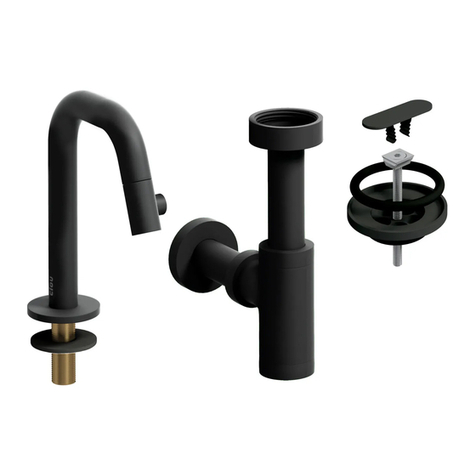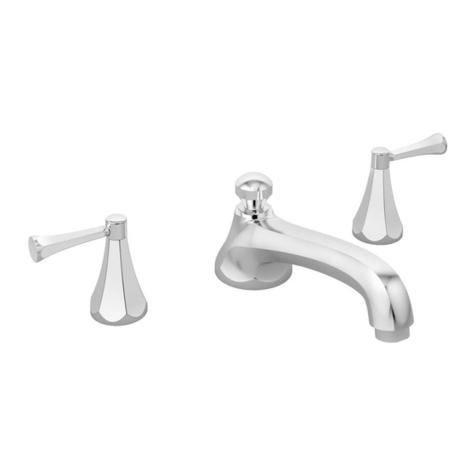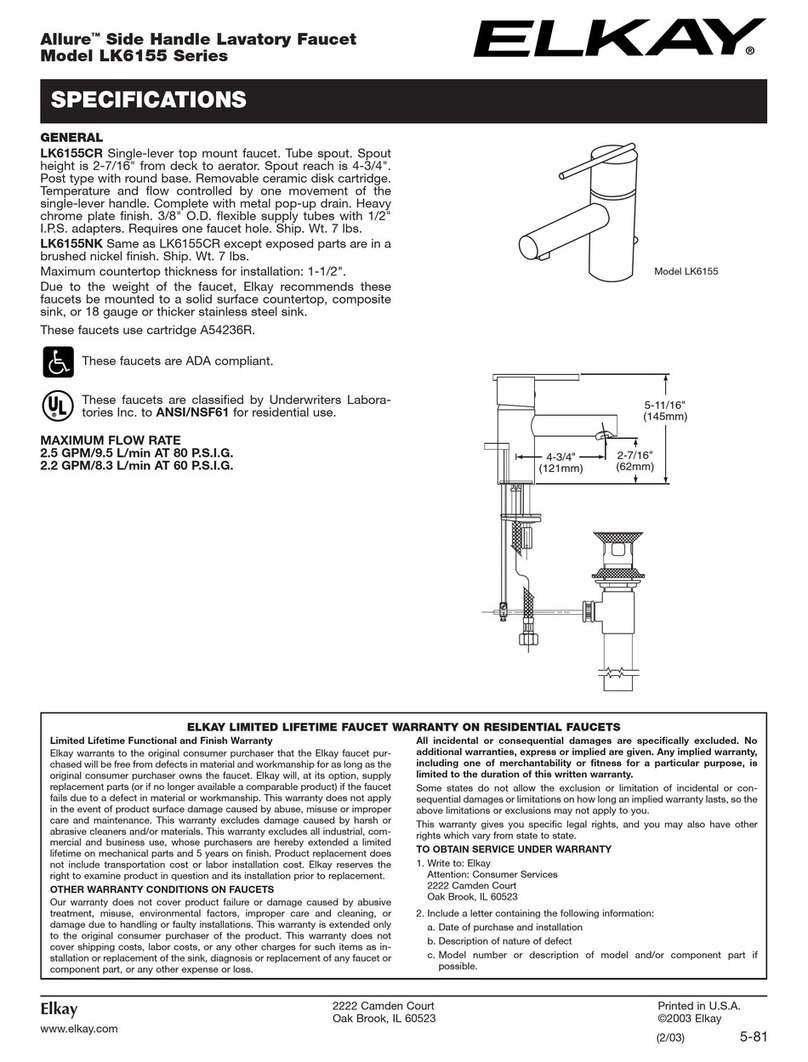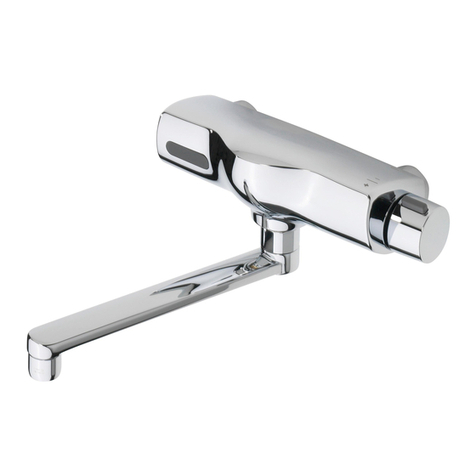
AccuMax SP
4Installer Supplied Parts
9
Installation and Operation Manual
FoamPro AccuMax SP systems are provided with major
components and accessories required for installation.
ue to differences in chassis and apparatus
configurations, the installer must provide, hydraulic
coolers, fluids, reservoir, pipe, hoses, tubing, wire and
fittings to satisfy installation requirements. The following
paragraphs list the specifications for selection of these
components. Before beginning system installation, read
this section thoroughly to make sure the proper
components are selected. For detailed system
installation instructions, refer to Sections 5, 6, 7, 8 and 9.
CAUTION: All DOT, SAE or other applicable
standards must be followed when installing the
hydraulic system. Pay close attention to engine and
transmission manufacturer drive limitations.
Hydraulic Pump Drive Selection
The foam pump for the FoamPro AccuMax SP system is
powered by hydraulics. Power for the system comes
from hydraulic oil supplied by a hydraulic pump attached
to the apparatus engine. To obtain optimum
performance from the hydraulic motor-driven foam
pump, FoamPro has designed the system to use a
variable displacement piston hydraulic pump. The
FoamPro hydraulic pump provides proper hydraulic fluid
flow with reduced heat load, torque, and horsepower
requirements.
The FoamPro hydraulic supply pump will provide the
correct fluid flow over the widest range of engine
speeds. See system specifications for the maximum
required pump speed to attain maximum performance
levels. By using a PTO ratio greater than 1.0, the
minimum engine speed for full system performance
could be idle speed.
A transmission PTO should be used to drive the
hydraulic supply pump. Transmission PTOs have
greater torque capabilities and provide adequate power
for the hydraulic pump. Selection of a PTO transmission
with a standard SAE mounting pad will allow bolting the
hydraulic pump directly to the transmission. The
FoamPro hydraulic supply pump has a standard SAE
mounting flange and shaft. See Section 15 for flange
size and shaft configuration. Other shaft configurations
are available. The shaft rotation of the pump is
clockwise when looking at the pump shaft, or
counterclockwise when facing the rear of the pump.
Check with the FoamPro factory for other configurations
that may be available. See Section 15 for pump
dimensions.
Control of the PTO may be provided by a manual shift
lever, shift cable, or solenoid. The manual shift-type
PTO can be left in gear all the time to circulate oil as
soon as the engine is started since the hydraulic pump
will draw less than 5 hp when operating in standby
mode. The PTO shift can be labeled “Service
Disconnect.”
When selecting a transmission PTO, it is imperative that
consideration be given to frame clearances and the
space in which the hydraulic supply pump is to be
mounted. For new installations, initial design and
planning will eliminate clearance problems. When the
FoamPro AccuMax SP system is being installed as a
retrofit, all clearances must be taken into account.
Consult PTO and chassis manufacturers to determine
dimensions and clearances required.
CAUTION: The use of an accessory drive pad is not
recommended since adequate torque usually is not
available to drive the hydraulic supply pump and
accessories.
Oil Reservoir
A hydraulic reservoir will be required to be installed in
the apparatus. See Section 15 for minimum
recommended reservoir capacity. A larger reservoir may
be installed and is recommended if the apparatus is to
run at maximum capacity for an extended period of time
and to allow air to settle out of the oil.
The reservoir must have a diffuser on the inlet to
prevent entrapment of air into the system. A particle
screen, of 100-170 mesh, on the oil outlet is
recommended to help keep dirt out of the system. A
baffle to separate the inlet and outlet sections should be
installed in the reservoir. A vented, filtered breather of
sufficient size to allow filling of oil is required and an oil
drain plug is recommended.
A sight gauge with thermometer is also recommended
for easy checking of the oil level and to monitor oil
temperature.
The oil reservoir should be mounted away from heat
sources, such as exhaust systems, and be in a location
that allows easy access for checking and filling the oil.





















